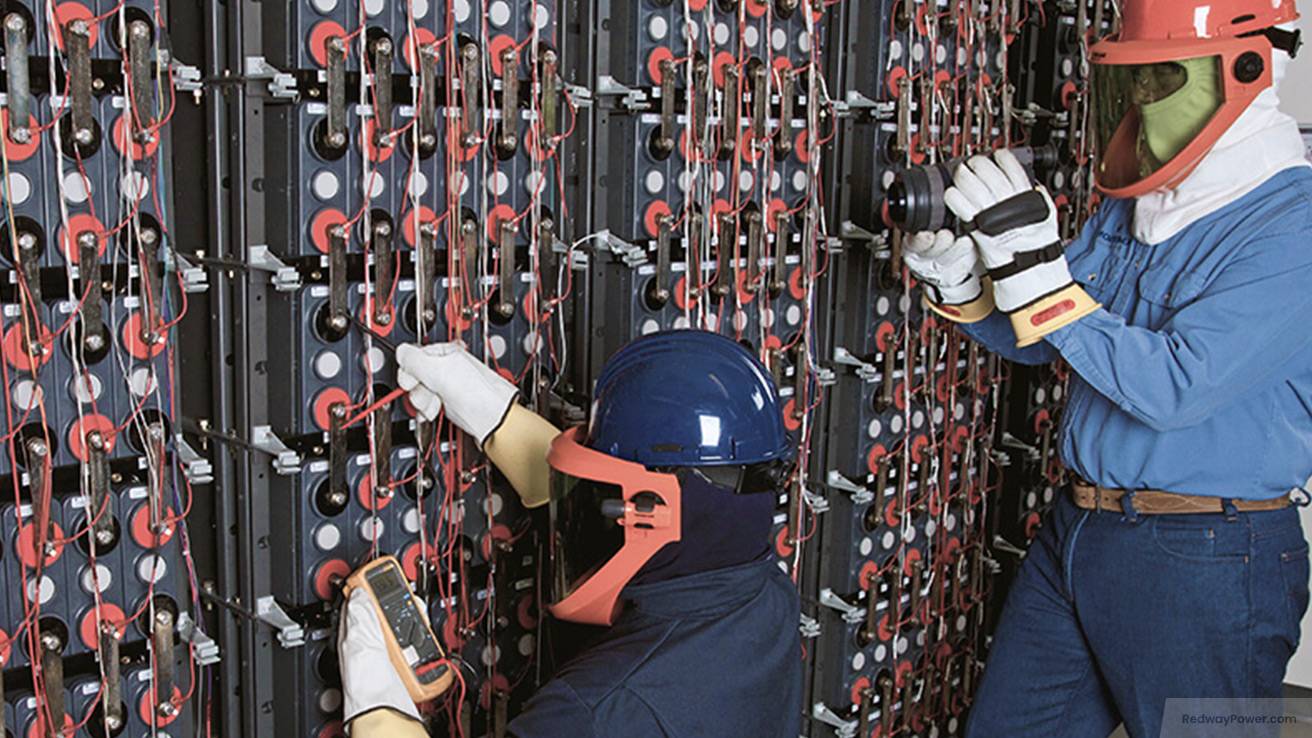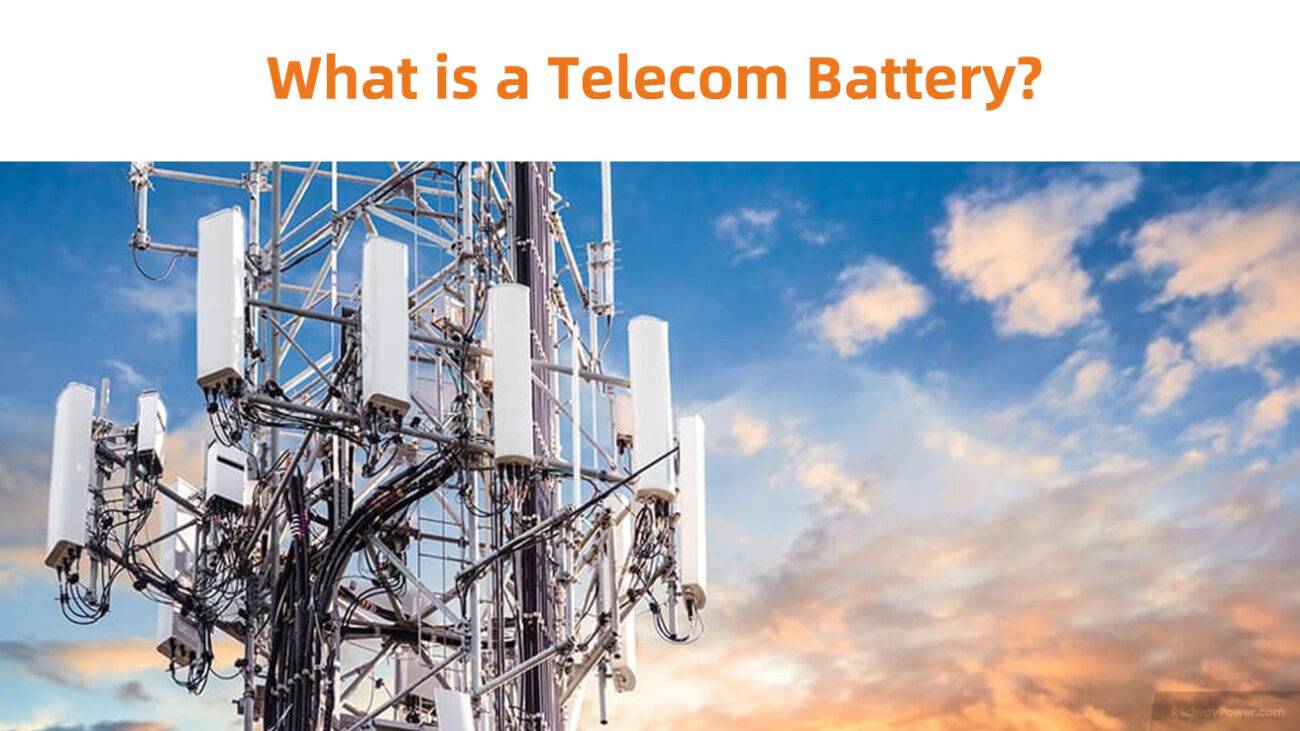In our interconnected world, telecom batteries silently power the backbone of communication networks. From cell towers to data centers, these unsung heroes enable uninterrupted calls, texts, and internet access. This blog post delves into the lifespan of telecom batteries, factors influencing it, and tips to enhance their longevity. Let’s unravel the secrets behind these vital components of modern communication infrastructure!
Factors Affecting Battery Lifespan
When aiming to extend the lifespan of your telecom battery, understanding critical factors becomes paramount. Here’s a concise guide to help you optimize longevity and prevent unexpected downtime:
- Temperature Control:
- Impact: Extreme hot or cold temperatures can damage battery cells.
- Action: Store batteries in environments with controlled temperature ranges to mitigate potential damage.
- Charging Practices:
- Effect: Overcharging or undercharging harms overall lifespan.
- Guidance: Follow manufacturer recommendations for charging cycles and avoid extreme charge levels.
- Quality Matters:
- Significance: High-quality batteries from reputable manufacturers offer better performance and longevity.
- Advice: Invest in quality to avoid the pitfalls of cheaper alternatives.
- Regular Maintenance:
- Crucial Steps: Keep batteries clean, inspect for leaks or corrosion, and tighten loose connections.
- Routine Checkups: Regular maintenance practices significantly contribute to prolonging battery life.
- Mindful Usage Patterns:
- Impact on Lifespan: High-demand applications or frequent deep discharges can stress battery cells.
- Optimization: Adjust usage patterns to minimize stress on batteries and enhance overall durability.
Implementing these considerations and recommended practices ensures optimal telecom battery performance, minimizing the need for costly replacements and preventing service disruptions.
Types of Telecom Batteries
Discovering the right telecom battery involves understanding various types, each with distinct features. Let’s dive into the common options:
- Lead Acid Batteries:
- Legacy Choice: Known for durability and high-temperature resilience.
- Maintenance Note: Regular upkeep required for optimal performance.
- Lithium-Ion Batteries:
- Modern Solution: Gains popularity for higher energy density and extended lifespan.
- Speedy Power: Faster charging suits applications requiring quick power backup.
- Nickel-Cadmium (NiCd) Batteries:
- Historical Use: Once popular for telecom due to temperature tolerance and consistent power.
- Current Status: Less common in modern applications.
- Nickel-Metal Hydride (NiMH) Batteries:
- Cadmium-Free Alternative: Offers better energy density than lead-acid but lags behind lithium-ion.
- Middle Ground: Falls between lead-acid and lithium-ion options.
- Fuel Cells:
- Unique Technology: Utilizes chemical reactions for electricity, emitting minimal waste.
- Specialized Use: Not as common but provides an environmentally friendly option.
When selecting a telecom battery, businesses should consider factors like cost, reliability, capacity, maintenance, environmental impact, and safety. As technology evolves, consulting with experts ensures tailored advice for specific needs in the dynamic telecom industry.
Recommended Maintenance and Care for Telecom Batteries

Ensuring seamless communication services relies on the proper care of your crucial telecom batteries. Here are key practices to optimize their lifespan and performance:
- Regular Inspections:
- Quick Checks: Regularly inspect battery terminals and cables for damage or corrosion.
- Swift Action: Promptly address any issues discovered during inspections to prevent further damage.
- Cleanliness is Key:
- Dust-Free Zone: Keep the battery area clean from dust and debris.
- Regular Wiping: Use a soft cloth or brush to wipe battery terminals, ensuring optimal performance.
- Temperature Control:
- Cool and Dry: Store batteries in a cool, dry place away from direct sunlight or extreme heat.
- Sensitive Components: Telecom batteries are temperature-sensitive, and proper storage enhances their longevity.
- Charging Practices:
- Follow Guidelines: Adhere to manufacturer guidelines for proper battery charging.
- Avoid Extremes: Overcharging or undercharging can significantly impact battery lifespan, so follow recommended practices.
- Battery Testing:
- Periodic Checks: Use a voltmeter or monitoring system to test voltage levels periodically.
- Stay Within Range: Ensure voltage levels are within acceptable ranges for optimal battery health.
- Replacement Schedule:
- Scheduled Assessments: Establish a replacement schedule based on regular health assessments.
- Indicator Monitoring: Keep an eye on capacity loss and internal resistance changes.
By incorporating these maintenance practices, you can extend the lifespan of your telecom batteries, ensuring reliable communication services without unexpected disruptions.
Signs of a Failing Telecom Battery
Your telecom battery is the heartbeat of uninterrupted communication services. However, understanding signs of potential failure is crucial. Here are key indicators that your telecom battery might be reaching the end of its lifespan:
- Decreased Backup Time:
- Power Drain: If your battery provides less power or quickly drains during outages, it might be aging.
- End of Life: Decreased backup time is a common sign that the battery is nearing the end of its operational life.
- Physical Damage:
- Bulges or Leaks: Check for bulges or leaks on the battery casing.
- Compromised Integrity: Physical damage, often from overcharging or heat, can compromise battery integrity and lead to failure.
- Equipment Failures and Network Disruptions:
- Frequent Issues: If you experience frequent equipment failures or network disruptions, your battery might be aging.
- Reliability Concerns: Aging batteries become less reliable in providing consistent power for telecommunication equipment.
- Unusual Noises:
- Buzzing or Clicking: Pay attention to unusual noises from the battery room.
- Internal Problems: Strange sounds could indicate internal issues within the batteries.
- Check Lifespan and Replacement:
- Manufacturer Guidelines: Manufacturers provide estimated lifespans based on usage patterns and conditions.
- Proactive Replacement: If approaching or exceeding the recommended lifespan, consider proactive battery replacement.
Being vigilant about these signs enables proactive maintenance and replacement strategies, ensuring continued reliable communication services.
Steps to Extend the Lifespan of Your Telecom Battery
Ensuring your telecom battery operates at its best is vital for longevity. Here’s a concise guide to extending the lifespan of your telecom battery:
- Regular Maintenance:
- Optimal Operation: Schedule regular checks to clean terminals, identify damage, and tighten connections for optimal operation.
- Temperature Control:
- Cool and Dry Environment: Keep the battery in a cool, dry place away from direct sunlight or heat sources that can impact performance.
- Charge Management:
- Follow Guidelines: Manage charging cycles according to manufacturer guidelines, avoiding overcharging or complete discharges to maximize lifespan.
- Avoid Deep Discharges:
- Stress Reduction: Minimize deep discharges to reduce stress on battery cells and prevent premature aging.
- Use Quality Chargers:
- Manufacturer-Recommended: Use chargers recommended by the manufacturer to ensure proper charging cycles and prevent damage.
- Monitor Performance:
- Early Detection: Keep an eye on performance indicators like voltage levels and capacity to detect irregularities early and take prompt action.
With these steps, you’ll significantly extend your telecom battery’s lifespan, ensuring reliable power for your communication equipment. Embrace these practices for long-term efficiency and cost savings!






